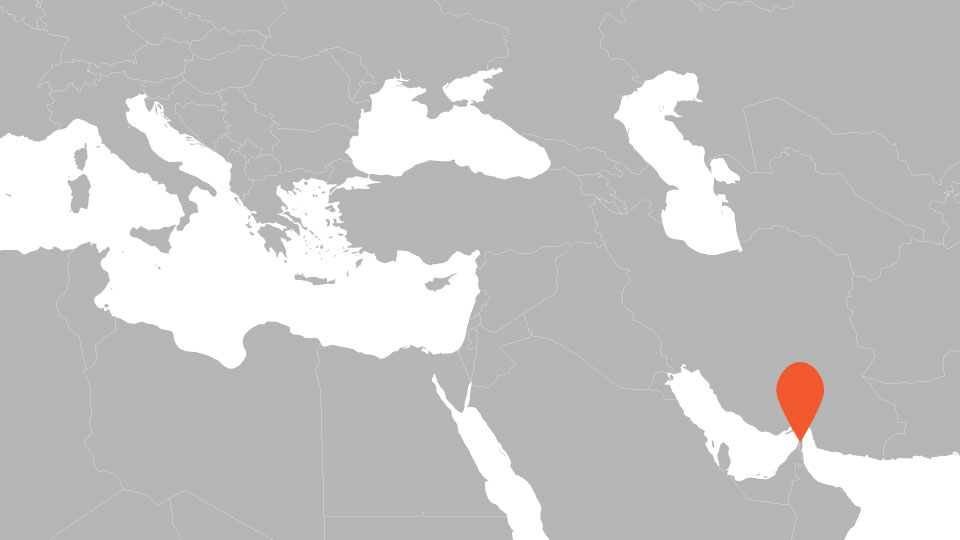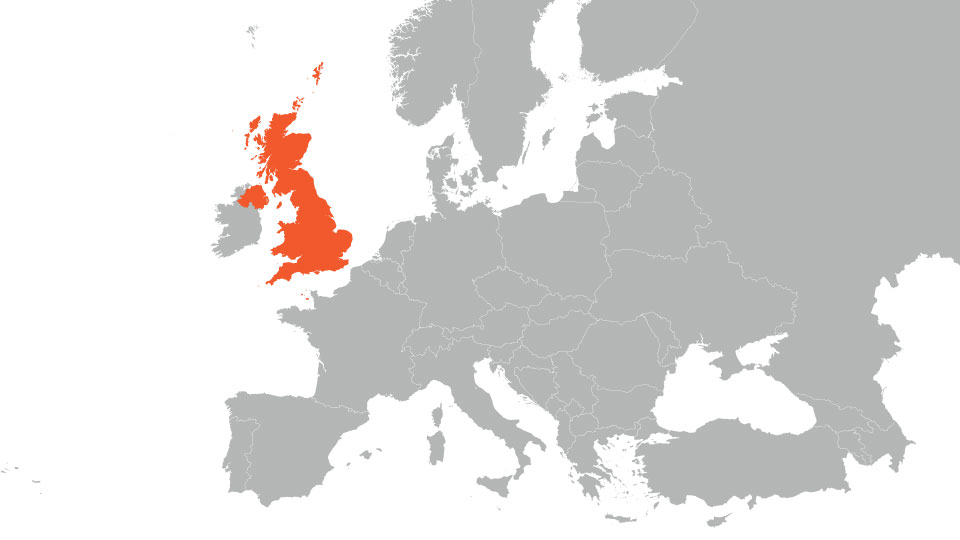Forming A Company in Romania

 Incorporation time: 10 days
Incorporation time: 10 days Shelf companies: Yes
Shelf companies: Yes Accounting: Yes
Accounting: Yes
 Secretary: Yes
Secretary: Yes Nominee Shareholder: Yes
Nominee Shareholder: Yes Nominee director: Yes
Nominee director: Yes
TAX: 16%
The Country
Romania is a Central European country that has been a member of the European Union since 2007. The country has been historically influenced by a number of countries. Once inspired by the ideals of 19th century France, Romania’s democracy was overturned by fascism. The country was then subject to the Soviet regime in the mid-20th century, and finally gained independence after its 1989 revolution. Now a NATO member, Romania has ties with China and the developing world.
An onshore centre
Romania has been able to increasingly attract foreign investment, thanks to its strong economy, one of the best in Eastern Europe, its European Union membership, and its favourable legislation. It is therefore a good choice for an onshore location.
In Romania, it is possible to create a limited liability company which is (the most common structure), a joint stock company, a general partnership, a limited partnership, a branch or a representative office. Establishing an offshore company in Romania makes it possible to take advantage of low tax rates, a good location (at the heart of Europe), and optimise margins via an import/export setup.
The various types of companies
Creating a company in Romania takes 10 days and requires 6 procedures.
| Types of companies | Capital | Number of partners |
|---|---|---|
| Limited liability company | 200 RON minimum | at least 1 person, 50 maximum. Liability limited to contributions. |
| Public company | 90,000 RON minimum | minimum of 2 shareholders, liability limited to contributions |
| General partnership | No minimum capital | minimum of 2 shareholders, unlimited liability |
| Limited partnership | No minimum capital | minimum of 2 shareholders, liability limited to share capital |
Link : Trade Register
Different tax rates
Tax in Romania is fixed at 16%, except for small businesses who only pay a tax rate of 3%. There are a number of possible tax deductions, including advertising expenses, environmental protection activities, computer system improvement or business travel expenses.
A value added tax of 24% applies to consumer goods, with reduced rates of 9% for medication, newspapers, books, cinemas, museums, and hotels, and of 5% for construction supplies. Individual income tax is fixed at 16%.
Romania and France signed a Double Tax Avoidance Agreement in 1974.
Link : Romanian Ministry of Public Finance
Accounting Overview
Romanian accounting is subject to European Community standards, but also accepts International Financial Reporting Standards. Romanian accounting laws are determined by the Ministry of Public Finance, the National Code of Ethics for Professional Accountants, and by the European Parliament.
Companies can prepare simplified balance sheets, except in certain cases where companies must prepare a full balance sheet. This applies to companies that fulfill at least two of the following criteria:
- a balance sheet of more than 3,650,000 EUR
- a turnover higher than 7,300,000 EUR
- more than 50 employees
Company financial audits must comply with the requirements specified by the Chamber of Financial Auditors of Romania.
Link : Body of Expert Accountants and Licensed Accountants in Romania
The jurisdiction in detail
Having conducted mass privatizations in the early 1990s, Romania transformed itself into market economy following its independence from the USSR. Having opted for a liberal economy, which was the systematic trend among former Soviet bloc nations, Romania has experienced sustained growth, which was significantly affected by the 2008 crisis. The country has always been the poorest in the EU, and its growth estimate for 2013 is 2.5%.
Romanian agriculture still employs a significant share of the country’s active population (28%) and produces mainly potatoes, beets and grains. Wood-related sectors have been growing, a logical evolution given Romania’s extensive forests.
Industry, which accounts for 37% of Romania’s GDP, attracts a lot of FDI in the metallurgy and steel industries, and manufacturing also remains an important sector. Recently, high-tech industry has also grown, thanks to improved employee qualifications. Finally, the service sector represents half of the country’s GDP, and tourism is increasing its market share of this sector.
With more imports than exports, Romania is dependent on the external market. It primarily imports electrical and mechanical equipment. Romania’s main trade partner is of course the EU.
Advantages for investment :
- increasingly qualified yet consistently cheap workforce
- EU member state, adoption of the Euro is scheduled for 2015
- vast internal market
Disadvantages :
- high level of corruption
- extreme poverty of the population
- poorly maintained infrastructure
The Government of Romania has implemented certain measures in order to encourage investment, particularly in the energy sector which the government wants to largely privatise.
Access to and functioning of the market
Romania has been a member of the European Union since 2007, and has signed the Montreal Protocol for the Protection of the Ozone Layer. Pharmaceutical, chemical and health products imported into Romania are subject to licensing and must comply with applicable standards. When trading plants, a phytosanitary certificate must be presented.
Also, importing products into the European Union requires an Entry Summary Declaration, which makes it possible to further secure trade exchanges. Imports from European Union member states are not taxed, unlike imports from countries outside of the community. For non-member countries, customs duties can reach 30%.
Distribution in Romania is dominated by discount retailers and supermarkets, including groups such as Aro, Metro Quality, Carrefour and Cora. Goods can be transported by various methods in Romania: by road (almost half of which are paved), by rail, and by water, via the Danube, which is Europe’s longest river. Finally, Romanian industry is dominated by electrical equipment, textiles, the automotive industry, metallurgy, construction materials, and oil refining.
Links :
National Customs Authority of Romania
Ministry of Transports
Chamber of Commerce and Industry of Romania
Employment law
The legal working week in Romania is 40 hours, with a maximum of 8 hours per day. Minimum wage is 700 RON, and retirement age is set at 57 years for women and 62 years for men.
The Romanian Labour Code is very strict and rigid, and main employment contracts are the same as those in France. Almost 40% of employees are union members, and unions are powerful in the professional world.
Intellectual property
| Type of rights | Text of Act | Validity of protection | Agreements signed |
|---|---|---|---|
| Patents | 64/1991 Patent Law | 20 years | - Patent Cooperation Treaty - Strasbourg Agreement Concerning the International Patent Classification |
| Trademarks | 84/1998 Law on trademarks | 10 years | - Nice Agreement on the International Classification of Goods and Services - Madrid Agreement Concerning the International Registration of Marks |
| Design | 49/1992 Law on design | 5 years renewable | |
| Copyright | - Berne Convention for the Protection of Literary and Artistic Works - Rome Convention for the Protection of Performers - WIPO Performances and Phonograms Treaty - WIPO Copyright Treaty - Convention for the Protection of Producers of Phonograms |
||
| Industrial designs | 49/1992 Law on design |
Links :
Ministry of labour, family and Social Protection
Romanian Copyright Office
Political data
Executive power is represented by two positions:
- The President, currently Traian Basescu, is elected by universal suffrage for a five year term. The President is the head of the armies and acts as a mediator at the State level
- The Prime Minister, Victor-Viorel Ponta, is chosen by the President and head the Government that enforces laws and manages the country
Legislative power, which supports the executive power, consists of two chambers (bicameral):
- the Senate (upper Chamber) consists of 137 elected members
- The Chamber of Deputies consists of 334 members, who are also elected
The major Romanian political parties are as follows:
- PSD, social democratic party
- PNL, national liberal party
- PD, democratic liberal party, centre-right
- PC, conservative party, pro-nationalist
- PRM, greater Romania party, far right









